By Sara Niven.
In the third and final part of our look at a new book on the history of Swanage, we focus on some quirky facts about the town.
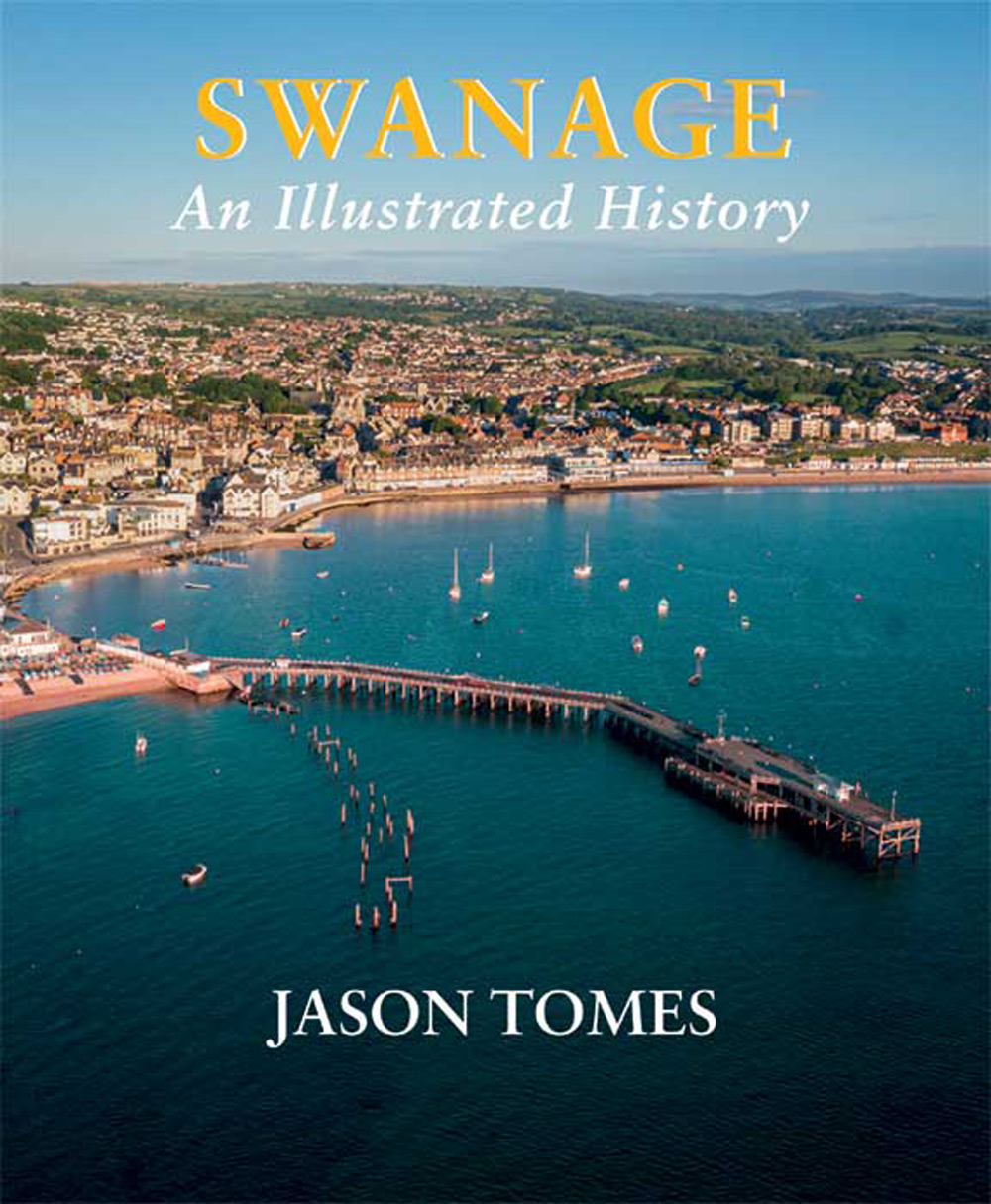
Did you know that when Swanage men came before magistrates in the 19th century, the charge was nearly always ‘drunk and riotous’?
Or that the famous Swiss psychoanalyst Carl Jung gave a course of lectures in the town in 1925, while five years later, in 1930, Swanage Music Society performed the opera Lohengrin in the presence of Siegfried Wagner, the composer’s son?
When researching his book, Swanage – An Illustrated History, author Jason Tomes uncovered many fascinating, surprising and sometimes humorous insights into the town’s history and inhabitants over the years.
Something fishy was going on in 1881 when Swanage contested Hastings’ claim to have the purest English air. On December 6 that year, a large herring caught in Swanage Bay was hung up by Mr Andrews in the Stevenson’s Screen of the Meteorological Society’s station, Durlston Park.
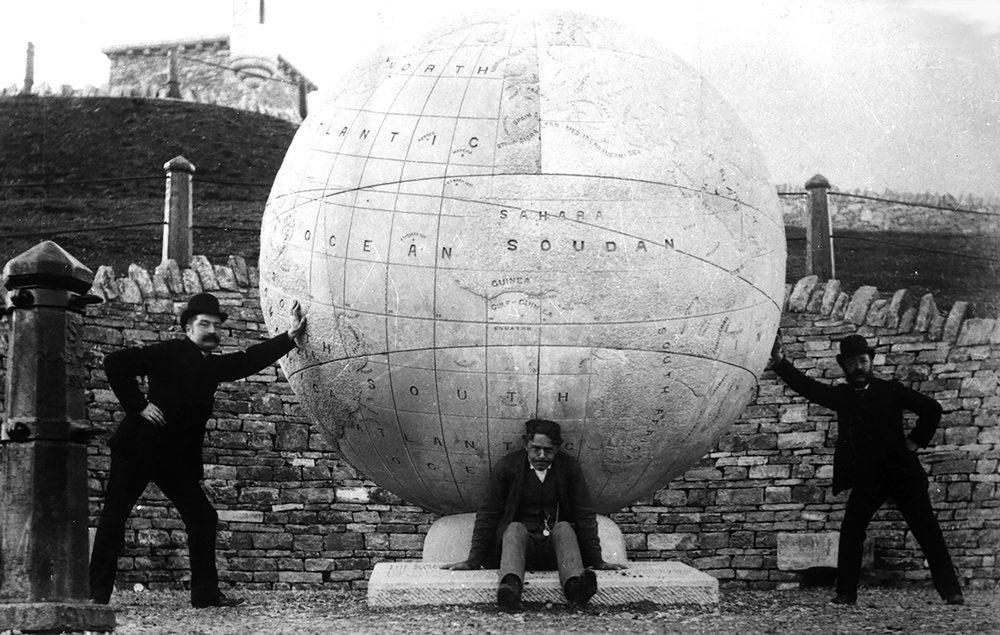
The Great Globe, carved from Portland stone, about 1890. An adjacent slab read, ‘Persons anxious to write their names will please do so on this stone only’. Photos courtesy of Swanage Museum/Dovecote Press
It was taken down by the same gentleman in May 1884, having remained there for two years and five months. The fish wasn’t salted, gutted or treated in any way – and when removed was found to be without the least decomposition. At Hastings, it was asserted, such a herring would have putrefied.
Half a century later, in 1934, it was the hanging of coloured lights, rather than fish which was the subject for discussion. Their use along the seafront was denounced from the pulpit by the rector at the time.
More controversy arose in 1960, this time over street-fighting rather than street-lighting, when outraged visitors complained that levels of brawling in Swanage were almost comparable to the Notting Hill riots.
Perhaps in an effort to encourage the town to be seen as a place for making love, not war, in 1971 the Royal Victoria Hotel offered ‘sexy weekends’ in Swanage for a bargain £4.50, roughly the equivalent of a still extremely reasonable £75 today.
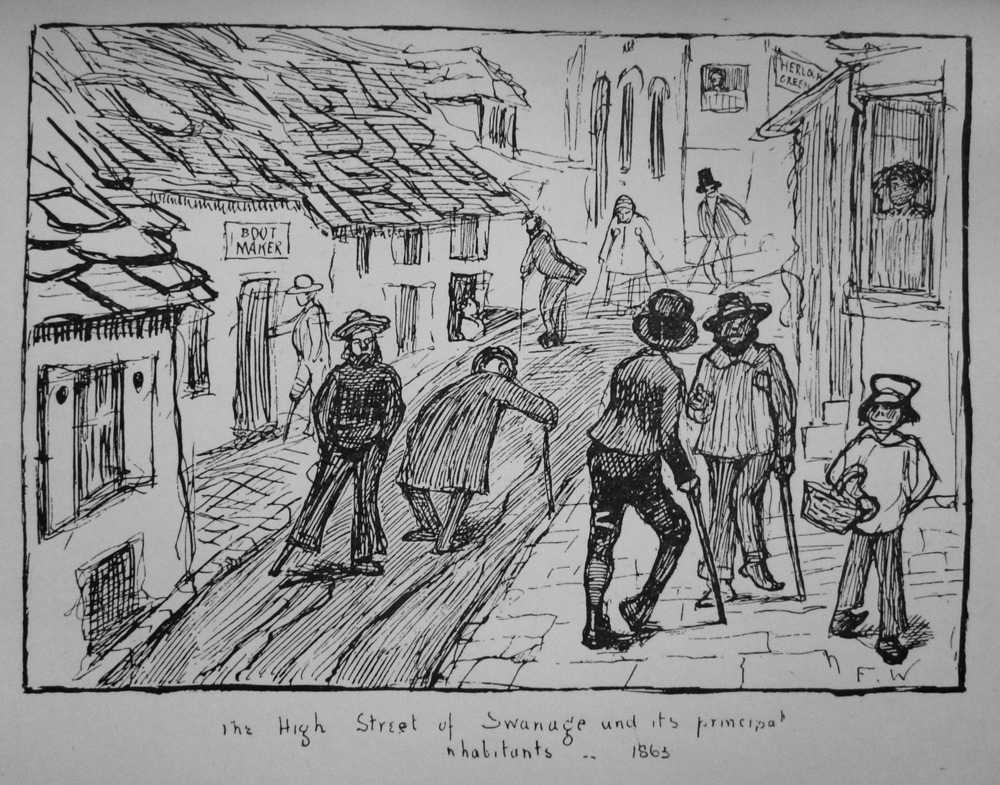
When illustrator Frederick Walker visited in 1863, he judged ‘gammy’ legs from quarrying accidents so characteristic that he sketched this cartoon, ‘The High Street of Swanage and its principal inhabitants’
Other facts you may not have known, detailed in the book, include:
Local benefactor Cllr James Day was at the centre of a corruption scandal in 1929. He denied wrongdoing but he did not sue his accuser.
Self-service shopping noticeably arrived in 1960 when the Ritz Cinema was turned into Supermarket Louise.
David Mellor, ‘Minister for Fun’ in John Major’s Government, worked as a deckchair attendant in Swanage in 1966.
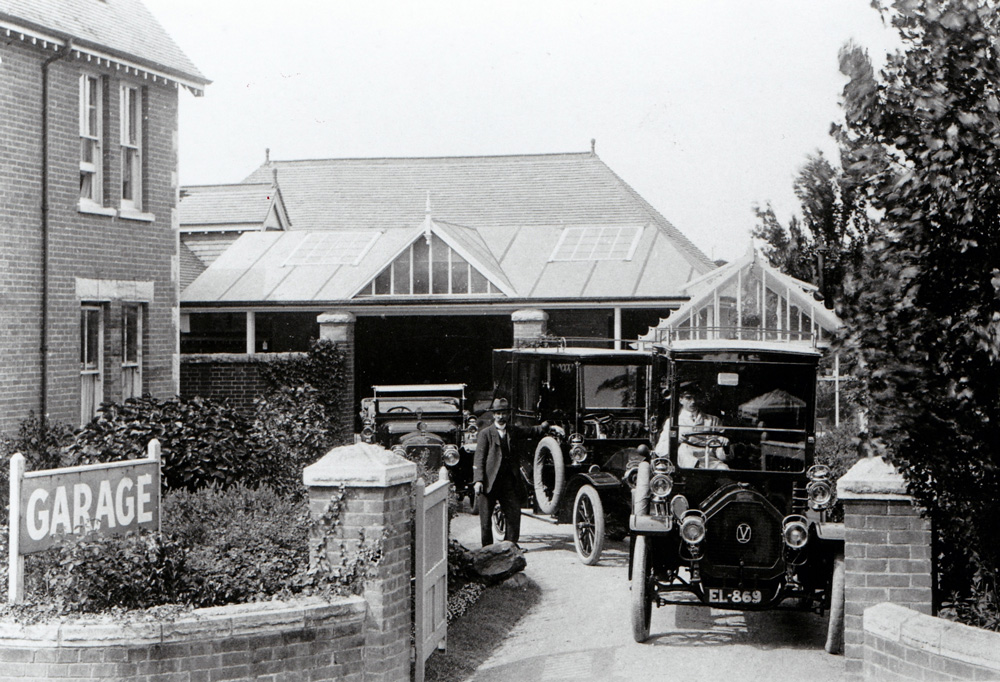
Swanage first licensed motor taxis in 1910. Thomas Bennett, a Londoner by birth, ran his fleet from the garage at Lynden Hall in Ulwell Road
A wooden bench by Swanage library is inscribed ‘Donald McGill (1875-1962), King of the Saucy Postcard’. It owes its existence to Basil and Elfreda Buckland, who, on retiring to the town, opened their postcard collection to the public in 1985.
Visits from Royalty have included the Princess of Wales in 1890, Prince Louis II of Monaco – with young Rainier – in 1932 and King Prajadhipok of Siam in 1934.
According to a survey, Swanage’s favourite hymn is All Things Bright and Beautiful.
The book succeeds in providing the feeling of being granted some insider knowledge but with the advantage of perspective that comes from distance.
Certainly, author Jason Tomes says that moving out of his home town changed his thoughts on living in it.
“When I was a child, I rather assumed that everywhere in England was essentially like Swanage, which is certainly not the case,” he said. “I have tried in this book to capture something of the individuality of Swanage and to explain it. This ‘Gem of the Dorset Coast’ has many facets, so to speak, and I have tried to take an all-round view. I even toyed with the idea of calling it Swanage – What’s It Like and How It Got that Way.”
Swanage – An Illustrated History by Jason Tomes is available in bookshops throughout Dorset and directly from the publisher at www.dovecotepress.com
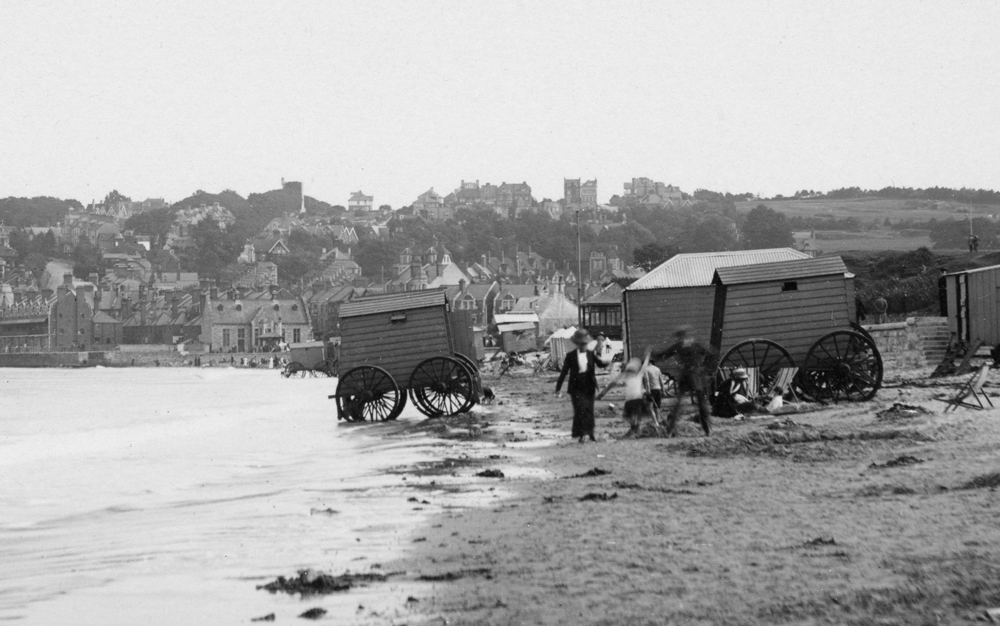
Bathing machines on Swanage beach in 1910. Photos courtesy of Swanage Museum/Dovecote Press





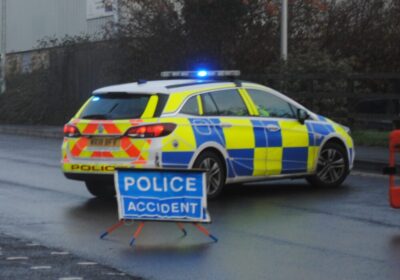






Leave a Reply